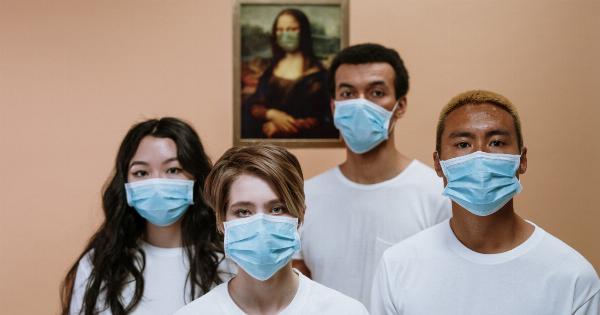With the flu season in full swing, hospitals across the country are offering free flu shots to their staff.
This preventive measure not only protects healthcare workers from getting infected but it also prevents the spread of the virus to patients and the community at large.
Why is it important for healthcare workers to get vaccinated?
The flu is highly contagious and can spread quickly in settings where people are in close contact with each other, such healthcare facilities.
Healthcare workers are at a higher risk of getting sick due to their frequent interactions with patients who may have the virus. Moreover, an infected healthcare worker can transmit the virus to susceptible patients, which may lead to severe complications, hospitalizations, and even deaths, especially in vulnerable populations.
By getting vaccinated, healthcare workers protect themselves, their patients, their families, and the community at large from the flu.
Additionally, vaccination reduces the chances of absenteeism due to illness, which can negatively impact patient care and healthcare operations.
Benefits of offering free flu shots to hospital staff
Hospitals that offer free flu shots to staff show their commitment to patient safety and quality care.
This initiative not only protects staff from getting infected but it also promotes a culture of wellness, which boosts morale, reduces absenteeism, and saves healthcare costs.
Moreover, offering free flu shots to staff is an effective way of preventing the spread of the virus within healthcare facilities.
By reducing the chances of healthcare workers getting infected, hospitals reduce the chances of them transmitting the virus to patients, visitors, and other staff members. This helps to protect vulnerable populations such as children, the elderly, and those with chronic illnesses.
How hospitals are promoting flu vaccine uptake among staff
Many hospitals are implementing strategies to encourage their staff to get vaccinated against the flu. Some of these strategies include:.
1. Education and awareness campaigns
Hospitals use different channels to educate their staff about the importance of flu vaccination and address misconceptions and concerns. These channels include posters, emails, newsletters, videos, and social media.
2. Easy access to vaccines
Hospitals make it easy for staff to get vaccinated by providing on-site vaccination clinics or partnering with public health departments or pharmacies to offer free or low-cost vaccines.
Some hospitals also allow staff to get vaccinated during their work shifts without having to take time off.
3. Incentives
Some hospitals offer incentives such as free meals, gift cards, or wellness activities to staff who get vaccinated. This not only motivates staff to get vaccinated but also creates a positive atmosphere and camaraderie.
4. Mandatory vaccination policies
Some hospitals have mandatory vaccination policies that require staff to get vaccinated or wear masks during the flu season.
These policies are designed to protect patients and staff from the flu, and they have been shown to be effective in increasing vaccination uptake among staff.
Conclusion
Offering free flu shots to hospital staff is a proactive and beneficial measure for the health and wellbeing of staff, patients, and the wider community.
Hospitals that implement effective strategies to promote vaccination uptake among staff demonstrate their commitment to patient safety and quality care. As healthcare workers, it is our responsibility to protect ourselves and those we care for from the flu by getting vaccinated every year.































